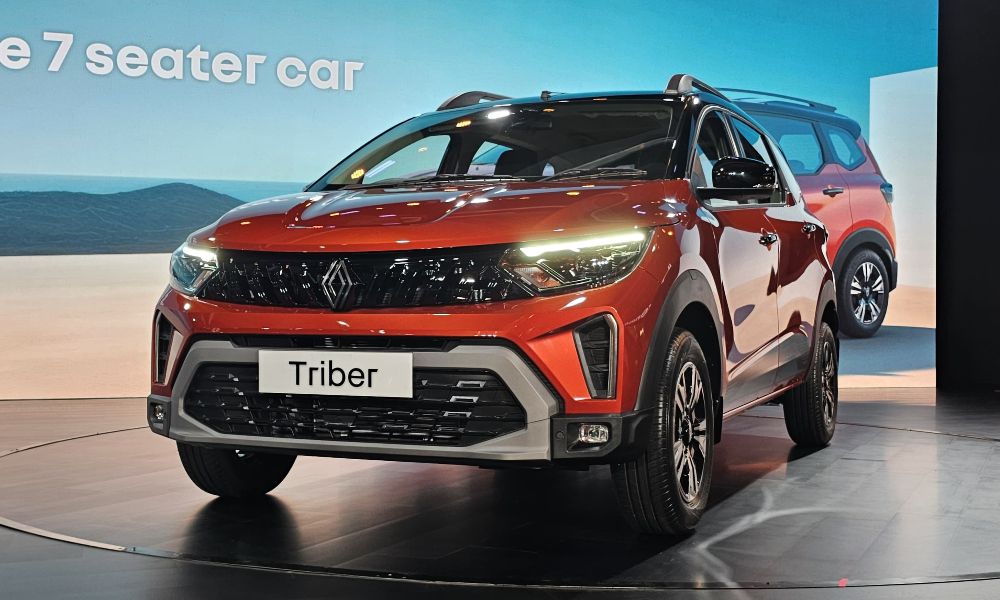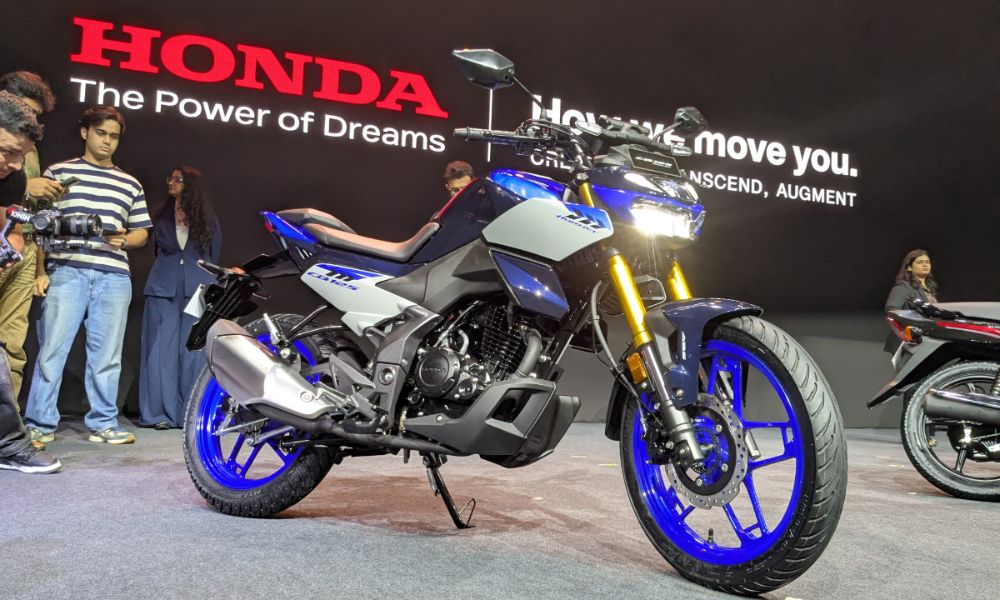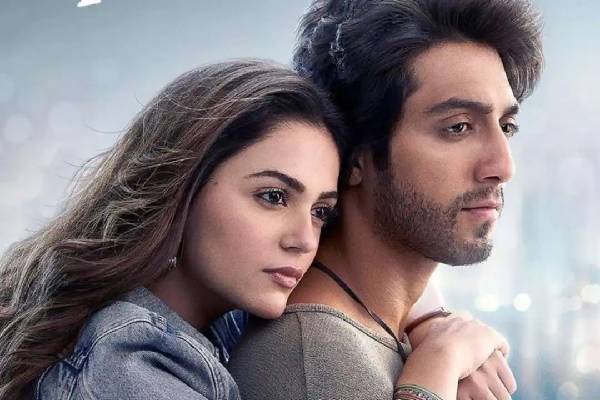The sheer joy of seeing a tiger in its natural habitat is an experience in itself.
BHPian Stryker recently shared this with other enthusiasts:
A friend messages me mid week when I’m in the middle of a meeting and says, “I booked JLR for this weekend, but I’m not able to go. I will get only 50% back if I cancel now. Do you want to go instead at the same 50%?” I immediately exit the meeting, call him and transfer the amount. After all, opportunities like this come by very rarely! I’m not one to look a gift horse in the mouth. And anyway, the bug has started to bite already after three months.
Three days later, on Friday, we (my wife joins me this time too, a rare occurrence in itself!) reach JLR Kabini by 11:30 am, having started from BLR around 8:30 am. The road after Mysuru has taken a bit of a hit due to the heavy monsoon rains and while the potholes aren’t as yet too large or too many, they are very much there. But the Beemer doesn’t mind, it sails fast over all of them without a complaint. Three hours for about 225 kms, door to door, with a coffee break in between, is good going in any book, especially when the last 75 kms is an undivided two-lane highway with a lot of traffic.
The usual warm welcome from the reception staff and we are checked in. Happy to report that food is back to its earlier high standards, after a bit of a lull in between when the management staff underwent a change. This is not a five-star spread by any standard, but what is there is tasty and well prepared. And of course, the staff – many of whom know me personally now and are happy to see my wife too – are always friendly and super helpful.
For those who haven’t visited JLR Kabini, I thought I’d take some images of the lovely property and post them here. I have not done much of this in so many years of visiting the place! Regulars can skip to the wildlife further below. All property images were taken with a Tokina 11-16 mm f/2.8 DX II lens sitting on my Nikon D500. The property has transformed into a green paradise, a stark difference from the predominantly brown place of three months back.
The reception, the first place you see when you enter

The beautiful East Bungalow, where we stayed this time round



The room we stayed in. Almost all rooms are like this, with a few changes here and there to the layout. Not star quality, but clean and very well maintained. For some reason, the focus is on the air cooler on the extreme left. I didn’t notice that until I downloaded the images on my computer.

The North Bungalow, an identical set of rooms on, duh, the north side of the property.

The Maharajah Bungalow, reserved for Celebrities, Ministers, “I know a minister”s, Forest Department officials and other assorted VIPs. This is the only room I haven’t stayed in so far. I don’t know any Minister and I don’t tick any of the other boxes.

The tents, by far the most popular accommodation due to their lower price. They are quite comfortable inside, too. They only look like tents and are slightly smaller in area.

The Maharajah Cottages, the most expensive of them all. Again, not much difference inside, except they are water front and slightly larger.

The Gol Ghar restaurant, so called because of its round architecture.

The car park area, it was still empty when I was going around taking photos. My Cashmere Silver BMW 330 Li is looking pretty amidst all the green.

And finally, the Viceroy Bar opposite the car park, the location of many great evenings spent listening to (and telling some) tall tales about sightings.

As you can see from the general architecture and construction, this property is a nearly 60-acre large converted British-era hunting lodge built by the Maharaja of Mysore. In 1980, it was taken over by the Govt of Karnataka for the then newly established Jungle Lodges and Resorts department. This lodge is recognized as one of the first of its kind, promoting wildlife eco-tourism. After my home, it is my most favourite place on Earth! Although if you ask my wife, she will say this is my most favourite place and home comes second!!
Let’s move on to the main reason we are here. The varied and fantastic wildlife of the Nagarahole National Forest. The river is full with the copious rains, the dam gates are not yet open fully, which means there is plenty of water everywhere for the animals. Spotting the big cats will be a challenge and will require major luck. The dratted Lantana weeds have literally taken over the forest, suppressing all other plants. Even if a tiger were sitting 10 feet away in this dense undergrowth, it would be nearly invisible.
But then leopards don’t hide in the undergrowth, do they? The trees are their preferred habitat; one rarely sees them on the ground. We come across this large male, up in the trees as usual.

At a full 500mm, this is what I can get. It is turned away and partially obstructed by all those wide green Teak leaves.

A bit of jockeying among the vehicles gathered there and we are directly beneath the leopard. Let me tell you, shooting straight up, leaning out of the vehicle at an awkward angle while using a heavy camera and lens is definitely not good for your back. But it is a leopard. So I do the contortionist act and get these.

Another set of fellow contortionists are busy hurting their backs trying to get shots of the recalcitrant leopard.

A pair of Red Vented Bulbuls watch the proceedings with amusement.

The lazy fellow is sleepy, probably had a good meal earlier and is now relaxing well away from other predators and competition. He has found the perfect position for an extended nap, too.

Or so we think. He moves around quite a bit and suddenly I’m seeing only his tail!

Ah, he turns full circle and in the process, peers down at all the commotion below and I get this. Art, isn’t it? I like how only one wide-open yellow eye is visible between all those green leaves. Peek-a-boo! I see you!

We move away a bit, to see if we can get a better angle. Yes, we do get it but then he is not co-operating. Refuses to look at me, maybe he is not happy that I don’t visit him more often!

We have now spent nearly 30 minutes getting well over a hundred shots from various angles. Except for the ones above, in none of them is the face clearly visible. No complaints, every sighting is a good one, no matter the condition.

Just to give you an idea of the scene, I took this from my phone. The red circle is where the leopard is relaxing (if you open the image and zoom in around 200%, you can see it) and we were initially directly below it.

It is getting too crowded and the leopard is showing no sign of further activity. He seems to be settled for the night. So we move on, searching for other things to shoot. From the camera, I mean. And there are plenty to shoot at all times, if you are not just focused on the big cats. After all, this is a thriving biosphere with all kinds of living beings in it.
Like this young fawn suckling its mom.

Or this beautiful female Sambar, looking curiously at me from very close by.

And thus ends our first safari. We return to JLR a happy bunch, and after a light but tasty dinner, retire for the night.
Continue reading about Stryker’s trip for BHPian comments, insights and more information.







